First, a bit of background: I am just a hobbyist with electronics and have very little formal education in the area. I understand most terminology, but generally require a schematic for me to be able to create something of any decent complexity.
I am working on a personal project in which I have run into a bit of an issue. I have a digital square wave that I need to transform into pulses. My guess is that there is something that can output a pulse on the rising edge, but I don't know what it would be called. Sorry if this has been asked a thousand times, or is something elementary. I've tried searching all over and am not sure what something like this would be called. I want a circuit to transform a digital waveform that looks like this
____------____------_____
into one that looks like this
____|_________|__________
using common ICs and/or passive components that a hobbyist might have around.
Thanks.
edited to remove superfluous details
Edit:
Maybe I can rephrase the issue in another way, instead of shortening a pulse to some undefined short duration. What I want is to divide a clock by 4096, such that every 4096 pulses, I can get a pulse of the same duration as the input clock.
i.e.
_-_-_-_ ... x4090 ... _-_-_-_-_
becomes
___________________________-___


